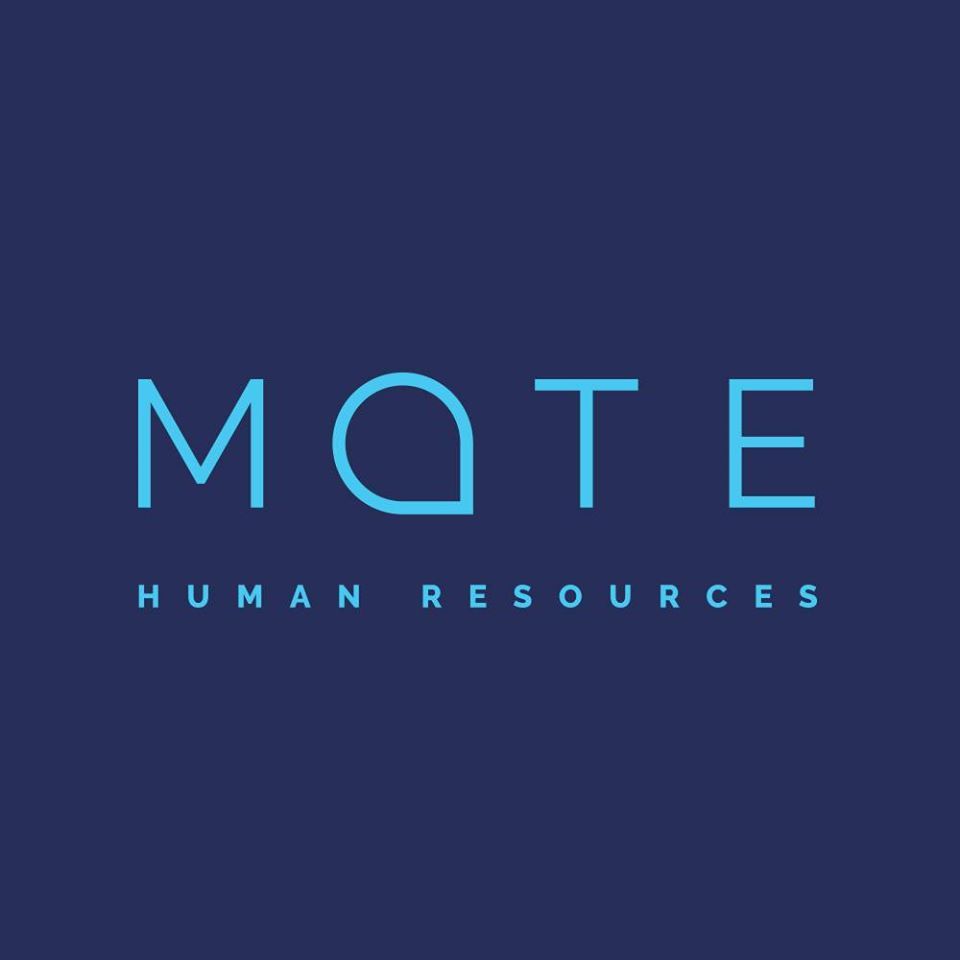Audio Presented by

IT recruitment agency with 210 recruiters in 33 countries. We'll help you hire skilled developers and tech teams faster.
Story's Credibility



About Author
IT recruitment agency with 210 recruiters in 33 countries. We'll help you hire skilled developers and tech teams faster.